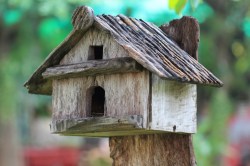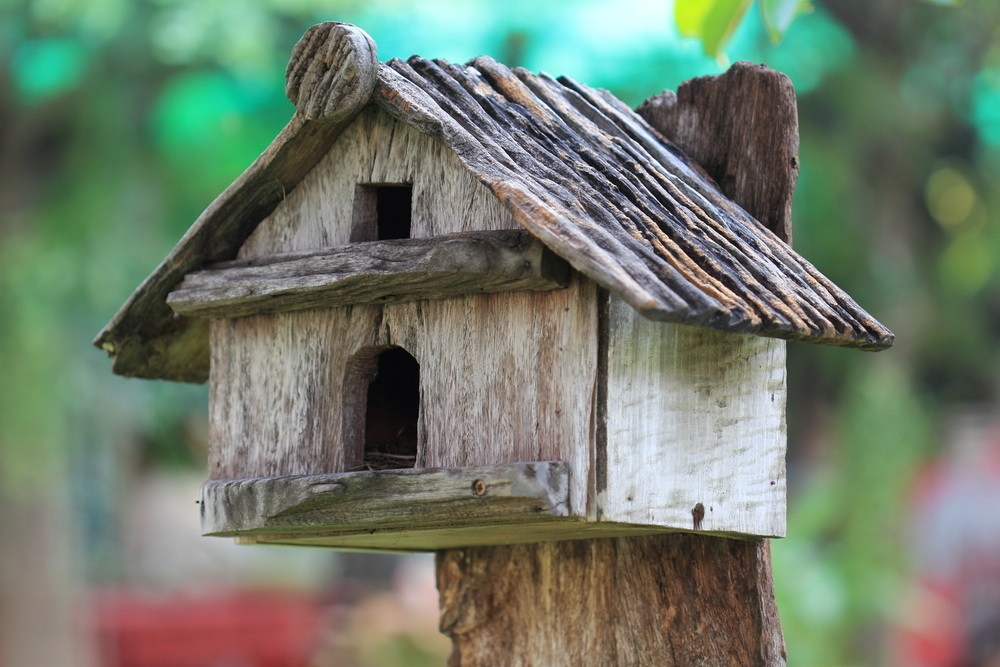
ShutterstockWildlife corridors could help birds find new homes.
The climate is changing, and flora and fauna the country over are on the march, on quests for hospitable new homes.
And hey, here comes Uncle Obama in his metaphorical truck, ready to lend a hand.
The Obama administration Tuesday announced a nationwide plan to help wildlife adapt to threats from climate change.
Developed along with state and tribal authorities, the strategy seeks to preserve species as global warming alters their historical habitats and, in many cases, forces them to migrate across state and tribal borders.
Over the next five years, the plan establishes priorities for what will probably be a decades-long effort. One key proposal is to create wildlife “corridors” that would let animals and plants move to new habitats. U.S. Fish and Wildlife Service Director Daniel M. Ashe said such routes could be made through easements and could total “much more than 1 million acres.” The plan does not provide an estimate of the cost.
The effects of climate change are already apparent, the plan notes. Oyster larvae are struggling off the Northwest coast. In the Atlantic, fish are migrating north and into deeper waters. Geese and ducks do not fly as far south. In the West, bark beetles destroy pines because winters are not cold enough to kill infestations.
The plan is called, appropriately, the National Fish, Wildlife, and Plants Climate Adaptation Strategy; NOAA’s got a summary.
The L.A. Times notes that while some politicians have been resisting efforts to brace their human constituents for climate change, so far the obstructionists have left plans to help wildlife alone:
Recently, some state-level efforts to adapt to global warming have been stymied by politicians who reject climate science. In North Carolina, for instance, planning to build infrastructure along the coast that could withstand storm surges worsened by sea-level rise has been delayed. State politicians dismissed scientific models that predicted the rise by the end of the century.
But efforts to help wildlife adapt have not provoked a backlash so far, state and administration officials said in a conference call.
“With coastal communities, there are challenges with coral populations, with changing dynamics in fish population,” said Eric Schwaab, assistant administrator for fisheries at the National Oceanic and Atmospheric Administration. “So people are less focused on why and more focused on what’s next.”



